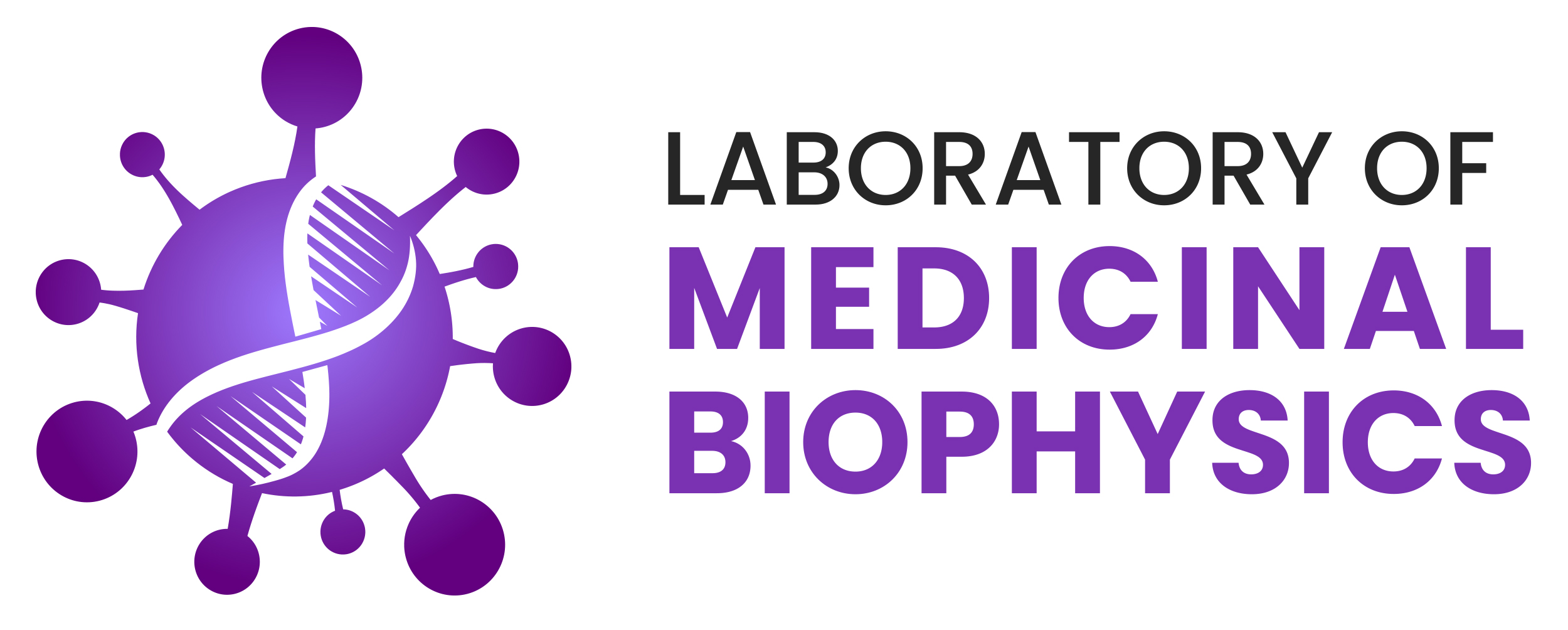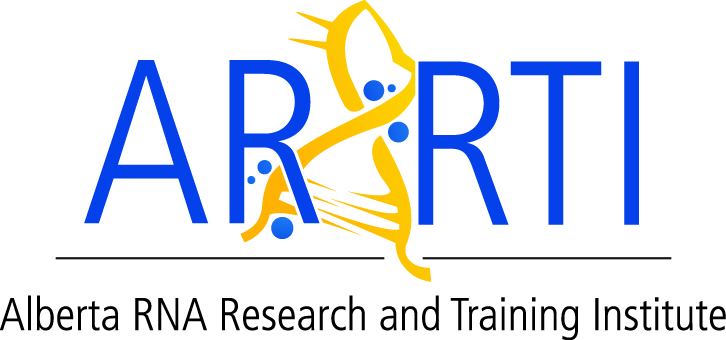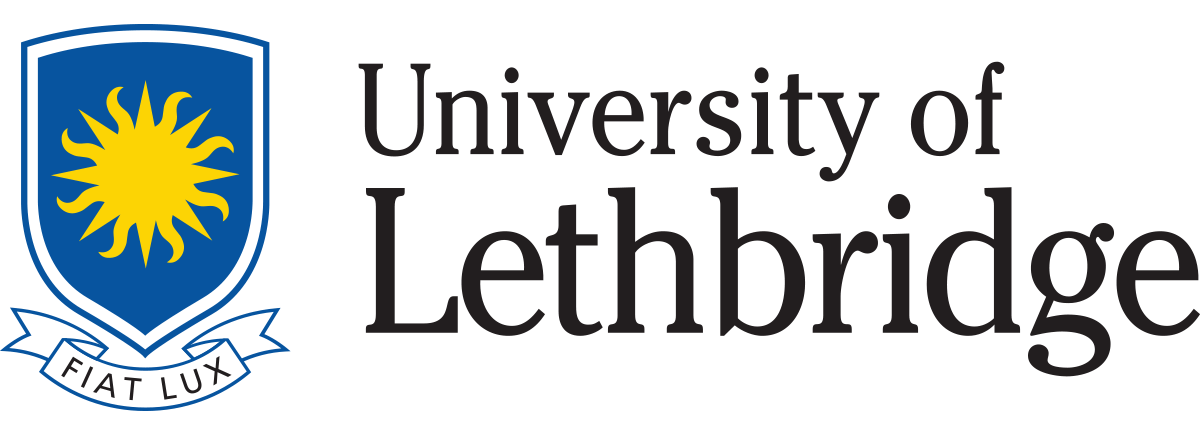Research Interests
The Laboratory of Medicinal Biophysics integrates tools from cell and molecular biology, bioinformatics, proteomics, biochemistry, and structural biophysics to investigate a variety of interdisciplinary research areas:
Human Protein–Viral Nucleic Acid Interactions
We investigate how human proteins interact with viral nucleic acids, with a particular focus on the structural features of non-coding RNAs. Our current research focuses on RNA viruses, including Dengue, Mayaro, Zika, and West Nile encephalitis virus. Using structural and molecular techniques, we aim to understand how these viral RNAs engage host proteins to promote viral replication and pathogenesis.
Honeybee Protein–Viral Nucleic Acid Interactions
Building on our experience with RNA viruses in humans, we are extending our research to viruses affecting honeybee health, such as Deformed Wing Virus (DWV) and Sacbrood Virus (SBV). These viruses, which also use RNA as their genetic material, pose a major threat to pollinator populations. Our work focuses on understanding the structural elements of viral non-coding RNAs, characterizing glycosylation patterns of viral proteins, and examining changes in the honeybee glycoproteome following infection.
Functional Studies of Human Non-coding RNAs
Long non-coding RNAs (lncRNAs) are emerging as key regulators in diverse cellular processes and viral mechanisms. We employ molecular biology, biochemical, and biophysical approaches to study the structure, interactions, and functions of important human lncRNAs, including 7SK, 7SL, B2, Braveheart, NEAT1, and lncRNA-p21.
G-quadruplex (G4) Identification and Characterization
G-quadruplexes (G4s) are four-stranded nucleic acid structures that play regulatory roles in both human and viral genomes. Our lab uses bioinformatics to identify potential G4-forming sequences and applies biochemical and biophysical techniques to characterize their structural and functional properties. These studies aim to uncover how G4s influence RNA metabolism, localization, and protein interactions, as well as viral replication.


